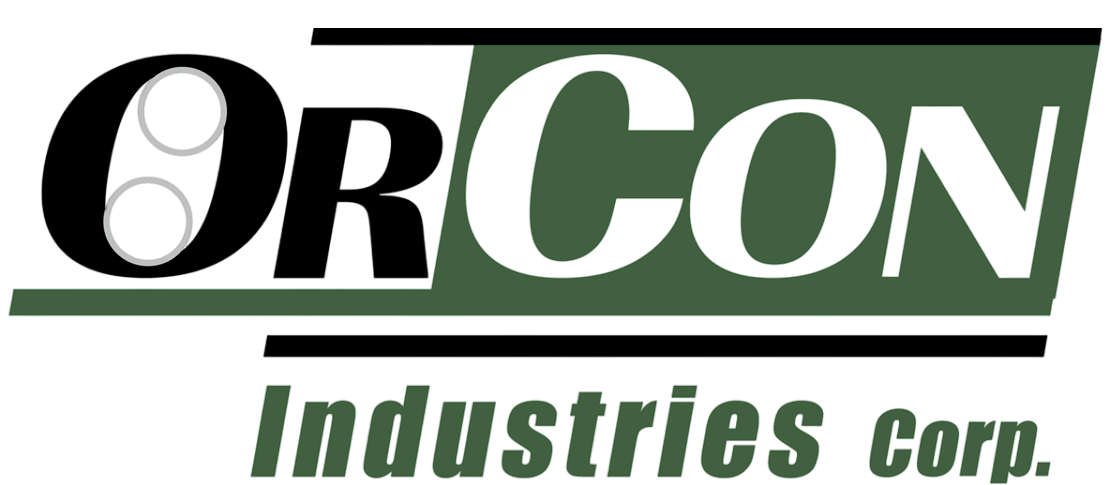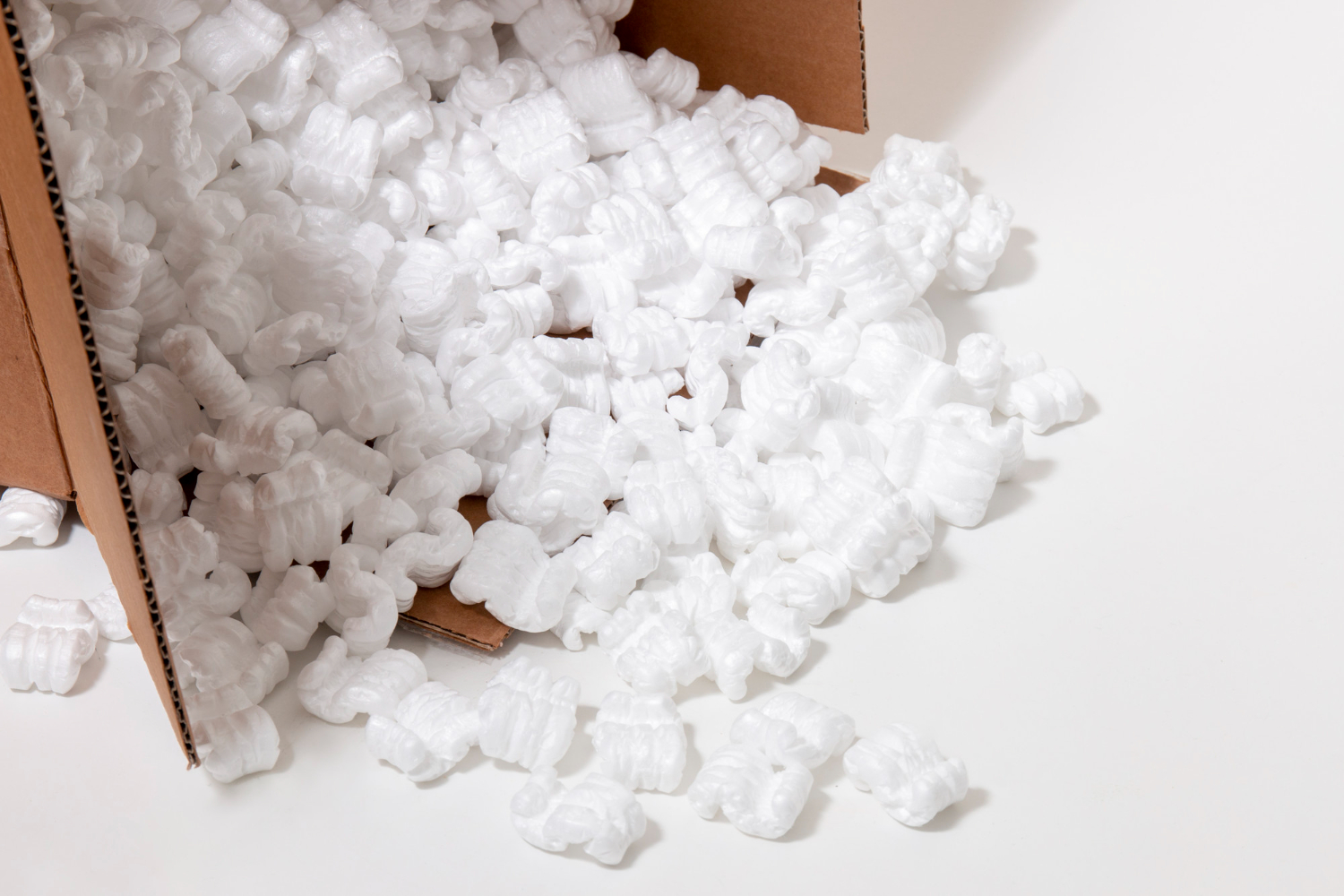When shipping sensitive equipment over long distances, ensuring its safe arrival is a major concern. From delicate electronics to intricate medical devices, the journey can be full of risks. Packaging plays a key role in keeping these items safe, and foam for industrial packing is one of the go-to solutions. It cushions, protects, and stabilizes items as they move from point A to point B.
The flexibility and dependability of industrial packing foam make it a strong choice for businesses moving fragile goods. Knowing how it works helps shippers make better choices and boost delivery success. Here’s how this packing material earns its place in long-haul logistics.
How Industrial Packing Foam Works to Protect Sensitive Equipment
Industrial packing foam offers several layers of defense. Its design and behavior help prevent many of the issues that can occur during transport.
– Absorbing Shocks and Vibrations: Every pothole, speed bump, or transfer point during shipping puts fragile items at risk. Foam absorbs those shocks so they don’t pass through to the product itself. It acts like a soft cushion that absorbs energy, keeping the product inside safe.
– Providing Cushioning and Support: Foam often molds to the object’s shape. That tight, supportive fit holds equipment securely so it doesn’t knock against other parts of the package. This consistent support is especially important for items with uneven weight distribution or fine components.
– Preventing Movement and Shifting: Once something shifts in a box, it’s more likely to break. Industrial packing foam fills the empty space and grips the product to prevent motion. This is especially useful in cross-country or multi-stop shipments, where boxes are handled several times.
Each of these features helps reduce the chance of damage and adds peace of mind during long trips.
Applications of Industrial Packing Foam in Long-Distance Shipping
Foam is used to protect a wide range of products, many of which have sensitive surfaces, fragile parts, or unusually shaped components. It’s a reliable choice in sectors where product integrity matters most.
– Electronics and Technological Devices: Items such as servers, audio gear, and industrial computers often contain delicate wiring or internal components that can’t withstand heavy impact. Foam prevents hard jolts and limits movement so critical parts don’t shift or snap loose in transit.
– Medical Equipment: Diagnostic tools, instruments, and lab testing units require precision protection. Foam inserts often match the item’s shape and hold parts firmly in place. This also helps some parts stay sterile by reducing friction and material contact.
– Automotive Parts: These parts, especially those with polished finishes or odd shapes, can easily become scratched or misaligned during shipping. Foam cradles them, preventing damage caused by bouncing or rubbing against harder surfaces in the box or on the pallet.
Foam thrives in these use cases because it bridges the gap between strong protection and product flexibility.
Benefits of Using Industrial Packing Foam
Smart shipping involves more than just throwing a product in a box. Businesses that use foam for industrial packing see fewer damaged returns and better peace of mind throughout the process.
– Cost-Effective Solution: Long-haul shipping is already expensive. Damaged goods drive up cost through returns, warranties, and shipping replacements. Foam can cut those issues down by offering a simple, upfront buffer against avoidable harm.
– Versatility in Packaging Needs: Whether you’re dealing with oddly shaped surgical tools or heavy transmission parts, foam can be shaped, cut, and layered to provide the right fit. Some types even stand up to heat and cold, which is helpful when equipment moves between climates.
– Lightweight and Easy to Handle: Unlike heavy wood braces or bulky plastics, foam adds very little weight to the total shipment. That may reduce shipping costs and make parcels easier to store, stack, or shift around a warehouse or staging hub.
One example of this in action: A Rochester-based electronics company was seeing a high number of damage claims for mounted circuit boards during interstate delivery. They switched to custom-cut anti-static foam inserts. Within months, damage claims dropped by nearly 75 percent, saving time and money.
How To Choose the Right Industrial Packing Foam for Your Needs
Finding the right foam doesn’t have to be a guessing game. A few core details can steer your decision in the right direction without making the process overly complicated.
1. Volume and Weight of the Product: Heavier items usually need denser foam that won’t compress under pressure. Lightweight electronics call for softer foam that won’t add pressure of its own during transit.
2. Type of Equipment: Anti-static foam helps with electronics, while medical shipments need cleaner, precision-molded foam that doesn’t introduce contaminants or abrasion.
3. Travel Route and Duration: If the product is going out of state or moving through multiple loading and unloading points, high-impact foam gives better long-term durability.
4. Foam Material Options: Polyethylene, polyurethane, and cross-linked foams each come with different strengths. Some types emphasize compression resistance. Others favor flexibility or environmental resistance.
5. Custom Needs: In some cases, off-the-shelf foam won’t cut it. If your shipment includes a product with multiple small parts or sensitive finishes, custom foam can be cut to match the product line for a better fit.
Start with a clear understanding of your product and its journey, then use that to guide your foam selection.
Ensuring Safe Delivery with Orcon’s Industrial Packing Solutions
Shipping complex equipment long distances is no small task. Each item needs to get where it’s going in one piece, without added cost or customer frustration. Foam for industrial packing has built a solid track record across industries because it directly addresses the most common causes of in-transit damage.
Whether you need cost savings, product protection, or a more consistent shipping result, foam fits the need. The way foam adapts to various shapes, tolerates bumps and vibration, and prevents internal motion makes it one of the most dependable choices out there. And when it’s supported by knowledge and planning, that protection only improves.
Orcon Industrie stands ready to support shippers across Rochester with product-specific solutions that help ensure every part, piece, or product arrives ready to use.
If you’re based in Rochester and looking for better ways to protect your products in transit, Orcon Industrie offers durable solutions built for real shipping demands. Explore how using the right type of foam for industrial packing can help reduce damage, support custom shapes, and make long-distance shipping safer from start to finish.




